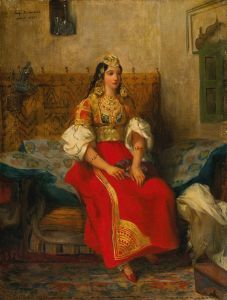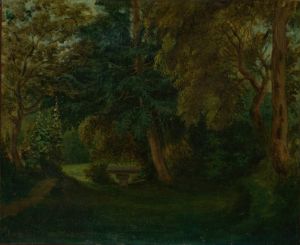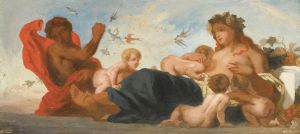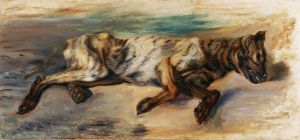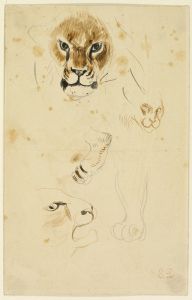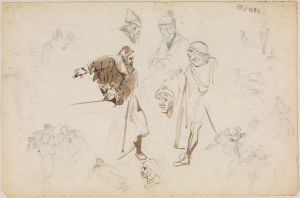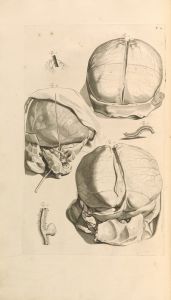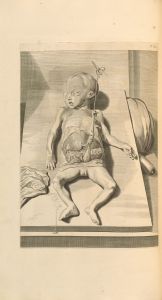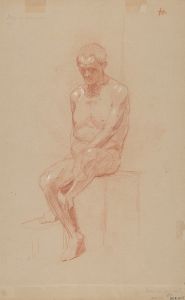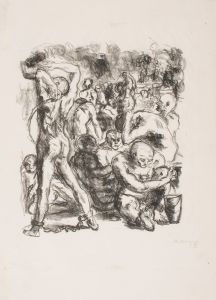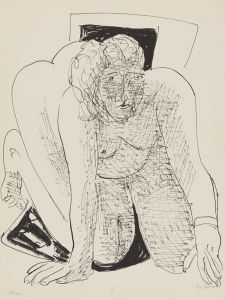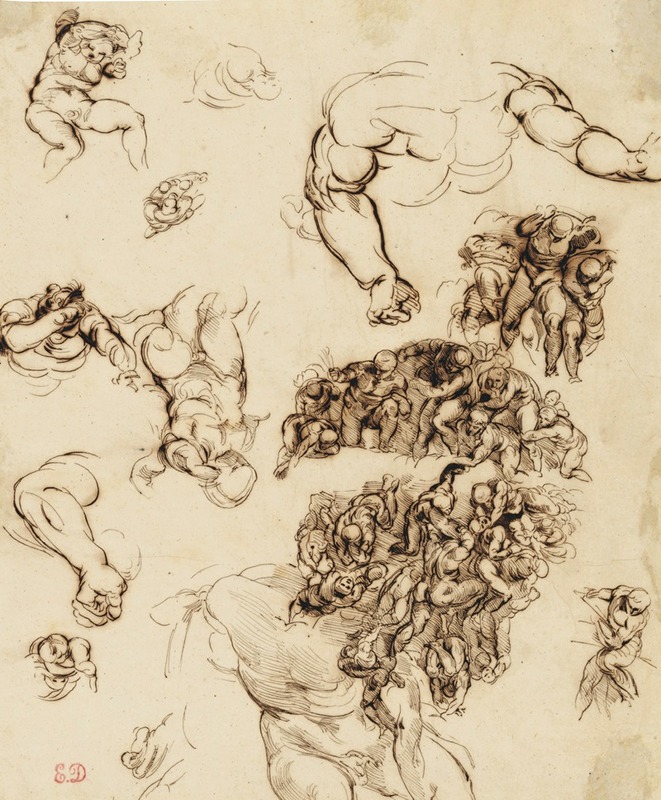
Studies of nude figures, after Michelangelo
A hand-painted replica of Eugène Delacroix’s masterpiece Studies of nude figures, after Michelangelo, meticulously crafted by professional artists to capture the true essence of the original. Each piece is created with museum-quality canvas and rare mineral pigments, carefully painted by experienced artists with delicate brushstrokes and rich, layered colors to perfectly recreate the texture of the original artwork. Unlike machine-printed reproductions, this hand-painted version brings the painting to life, infused with the artist’s emotions and skill in every stroke. Whether for personal collection or home decoration, it instantly elevates the artistic atmosphere of any space.
"Studies of Nude Figures, after Michelangelo" is a drawing by the renowned French Romantic artist Eugène Delacroix. This work is a testament to Delacroix's admiration for the Italian Renaissance master Michelangelo Buonarroti, whose influence is evident in the dynamic forms and anatomical precision of the figures depicted.
Eugène Delacroix (1798–1863) was a leading figure in the Romantic movement, known for his expressive brushwork, vibrant color palette, and dramatic compositions. Delacroix's interest in the human form and his dedication to studying the works of past masters are well-documented aspects of his artistic practice. His engagement with Michelangelo's work reflects a broader trend among 19th-century artists who sought to learn from the Renaissance and Baroque masters.
The drawing "Studies of Nude Figures, after Michelangelo" showcases Delacroix's skill in capturing the human anatomy with a sense of movement and vitality. It is believed that Delacroix created this study as part of his broader exploration of Michelangelo's oeuvre, particularly focusing on the latter's mastery of the human figure. Michelangelo's work, characterized by its powerful depiction of the human body and its expressive potential, provided a rich source of inspiration for Delacroix.
Delacroix's study likely involved examining Michelangelo's sculptures and frescoes, such as those found in the Sistine Chapel. The figures in Delacroix's drawing exhibit a muscular tension and dynamic poses reminiscent of Michelangelo's iconic works like "David" and "The Last Judgment." This study not only demonstrates Delacroix's technical proficiency but also his ability to reinterpret and infuse classical forms with his own Romantic sensibility.
The drawing is executed with a keen attention to detail, highlighting Delacroix's understanding of anatomy and his ability to convey the subtleties of the human form. The use of light and shadow in the drawing adds depth and dimensionality, enhancing the lifelike quality of the figures. Delacroix's approach to studying Michelangelo's work was not merely about replication but involved a deeper engagement with the emotional and physical expressiveness that characterized the Renaissance master's art.
"Studies of Nude Figures, after Michelangelo" serves as an example of how Delacroix, like many of his contemporaries, sought to bridge the gap between the classical traditions of the past and the evolving artistic expressions of his own time. This drawing is part of a larger body of work where Delacroix explored themes of human emotion, movement, and the interplay of light and shadow, which are central to his artistic legacy.
While specific details about the provenance or current location of this particular drawing might not be widely documented, it remains an important piece within Delacroix's oeuvre, reflecting his lifelong dedication to mastering the depiction of the human form and his reverence for the artistic giants who preceded him.






